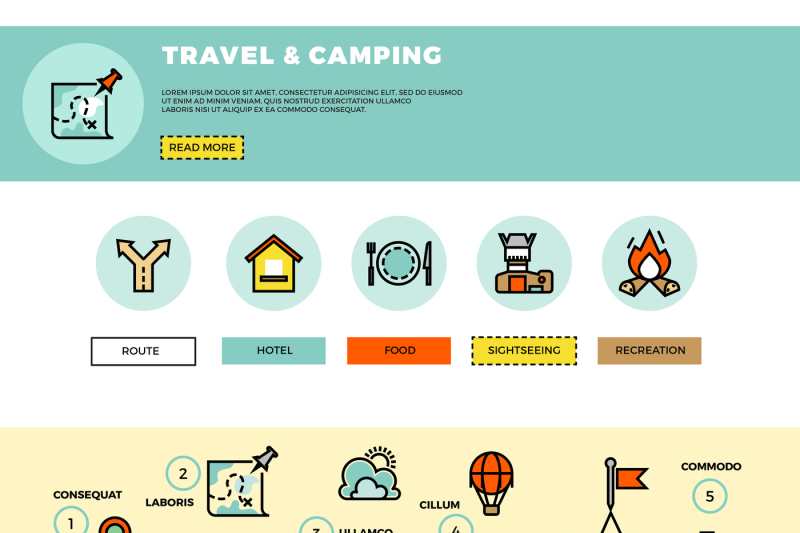Corner angles are necessary elements in building and construction and engineering jobs. They use strength, toughness, and flexibility. They are likewise simple to set up and can endure numerous environmental elements.
Contractors use numerous kinds of angles to produce strong, stable structures. Some of these angles are for aesthetics, while others are used to improve accessibility and function.
Toughness
The stamina of steel angles is essential for ensuring that frameworks are safe and can hold up against hefty loads. These parts can be utilized for a variety of tasks, from strengthening light beams and columns to producing structures for shelving and secure fencing. They are additionally excellent for developing assistance structures in industrial environments.
Curved inside corners are a vital part of modern engineering and design, as they assist to distribute tension evenly throughout the product. This can make a product stronger and much less likely to split or fall short, particularly in products such as glass, rock, and ceramic tile.
Spherical corners in rotomolded components additionally help to minimize stress and anxiety concentrations, which can cause architectural weak points and low quality. Therefore, Gregstrom Firm recommends that designers utilize rounded edges when creating rotomolded components. These attributes will enhance the total top quality of the finished item and aid to make sure that the shaped component is solid, durable, and lasting. This will reduce the need for repairs or replacements over time.
Toughness
Rounded inside edges are a vital component of contemporary design and layout, and they can significantly boost the security of frameworks made of stone or glass. They likewise assist to equally disperse tensile and compressive forces, which lower the likelihood of splitting or damage.
These angles are critical to our everyday lives, making it easier for us to move around in our surroundings. For example, mobility device ramps, staircases, and entrances are made with precise angles to ensure safety and ease of access. Additionally, the ideal angle is utilized in bridges and structures to make sure structural honesty.
In geometry, an angle is the point where 2 rays fulfill. It is additionally called a vertex. The four edges of a square have an internal angle of 90 levels. However, the term is commonly used to define any type of sort of corner. For example, in image frames, the leading and lower rails require 45 level mitre cuts. This is due to the fact that the board widths are various.
Adaptability
While the ideal angle is one of the most typical kind of angle, other types can develop one-of-a-kind, useful, and aesthetically appealing structures. Whether you're making a modern coffee table or an industrial-style home, utilizing different angles will assist you accomplish the wanted visual.
You can use aluminum angle to make custom-made braces for securing and strengthening your jobs. These braces are light-weight and strong, so they can endure heavy lots and stresses. They also can be found in a selection of sizes and shapes, making them a flexible selection for a wide range of jobs.
Numerous modern structures make use of bent inside edges to boost architectural security and durability. These rounded edges disperse stress and anxiety throughout the framework to stop weak spots and fractures. This is a crucial factor to consider for building contractors and specialists, especially when dealing with hefty materials like rock or tile. Creating a curved corner can likewise increase the life-span of the product and lower maintenance costs. It is necessary to select the right angles for your job, and to guarantee that they are properly installed to avoid any potential issues.
Price
Curved inside edges are a crucial part of contemporary design and design, as they play a critical function in increasing framework security and sturdiness. They also help in reducing tension circulation and minimize damage. In addition, they can boost the visual allure of a structure.
Words "corner" normally, but not constantly, describes a 90 degree angle. In geometry, nonetheless, the term "angle" is actually a factor where 2 lines or sides meet (or merge). These factors are called vertex, and they can be straight or curved.
Utilizing a bent mitre in a picture framework, as an example, requires cautious estimation. The mitre angle is based upon the width proportion of the board at each corner. If the boards are of equal size, after that they will certainly each require a 45 degree mitre. If the boards are broader, after that they will each require a different angle. This situation prevails in custom frames, where the leading and lower rails are usually larger canvas tent than the side rails.
